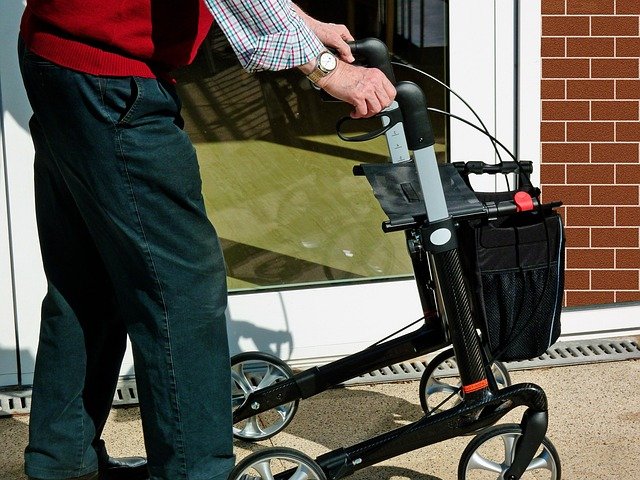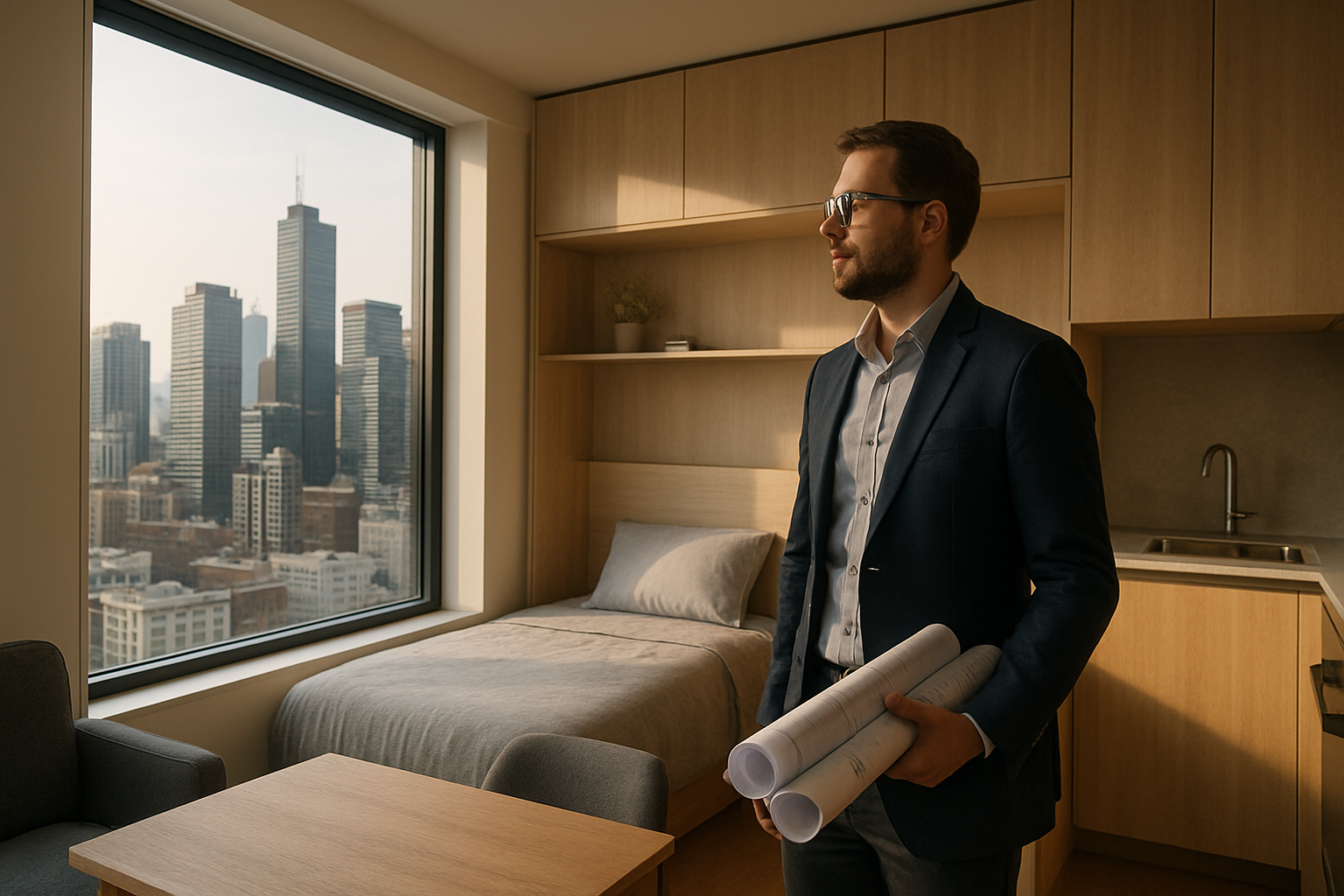Senior Apartments: A Guide to Comfortable and Affordable Living
Finding the right senior apartment is a significant step for older adults seeking a lifestyle that balances independence, affordability, and community living. Senior apartments can cater to a wide range of needs, offering various amenities, pricing structures, and levels of support.

What Are the Benefits of Senior Apartments?
Senior apartments offer numerous advantages that make them an attractive housing option for older adults. These communities provide age-appropriate living environments designed with seniors’ needs in mind, including accessible layouts, grab bars, and emergency response systems. The social aspect is equally important, as residents can build meaningful friendships with peers who share similar life experiences and interests.
Many senior apartment communities offer organized activities, fitness programs, and educational opportunities that promote physical and mental well-being. Transportation services are often available, helping residents maintain independence even if they no longer drive. Additionally, on-site maintenance and housekeeping services can reduce the burden of home upkeep, allowing seniors to focus on enjoying their retirement years.
How Much Do Senior Apartments Cost on Average?
The average price of senior apartments varies significantly based on location, amenities, and level of care provided. In the United States, basic senior apartments typically range from $1,500 to $4,000 per month, with luxury communities commanding higher rates. Independent living facilities generally cost less than assisted living options, as they provide fewer support services.
Geographic location plays a crucial role in pricing, with metropolitan areas like New York, San Francisco, and Washington D.C. having substantially higher costs than smaller cities or rural areas. Some senior apartments accept Section 8 vouchers or offer income-based rent calculations, making them more accessible to seniors with limited financial resources.
What Factors Influence the Cost of Senior Apartments?
Several key factors influence the cost of senior apartments, with location being the primary driver. Urban areas with higher costs of living typically have more expensive senior housing options compared to suburban or rural locations. The size and layout of the apartment also impact pricing, with one-bedroom units generally costing less than two-bedroom alternatives.
Amenities and services significantly affect monthly fees. Communities offering extensive recreational facilities, dining services, transportation, and wellness programs typically charge higher rates. The level of care provided is another crucial factor, as apartments with assisted living services, medication management, or health monitoring will cost more than basic independent living options. Building age and renovation status can also influence pricing, with newer or recently updated facilities often commanding premium rates.
What Types of Senior Apartments Are Available?
Senior apartments come in various forms to accommodate different preferences and needs. Independent living apartments are designed for active seniors who want to maintain their autonomy while enjoying community amenities. These typically include full kitchens, private bathrooms, and access to common areas like fitness centers and libraries.
Assisted living apartments provide additional support services while preserving resident independence. These may include medication assistance, meal services, and personal care help as needed. Some communities offer graduated care options, allowing residents to age in place as their needs change. Low-income senior apartments, often subsidized through government programs, provide affordable housing options for seniors with limited financial resources.
What Unique Opportunities Exist for Senior Living in America?
The United States offers diverse senior living opportunities that reflect the country’s varied geography and cultural landscape. Many communities are located near universities, providing access to lifelong learning programs and cultural events. Some senior apartments are situated in historic districts, offering residents the chance to live in architecturally significant buildings with rich local heritage.
Climate-conscious seniors often choose communities in states like Florida, Arizona, or California for year-round outdoor activities and warmer weather. Conversely, some prefer the changing seasons and cultural richness of northeastern cities. Many American senior communities emphasize wellness and active aging, with on-site fitness centers, walking trails, and partnerships with local healthcare providers to support healthy aging initiatives.
How Do Senior Apartment Providers Compare?
Understanding the landscape of senior apartment providers can help in making informed decisions. Different companies offer varying approaches to senior living, from budget-friendly options to luxury communities with extensive amenities.
| Provider | Monthly Cost Range | Key Features |
|---|---|---|
| Sunrise Senior Living | $3,000 - $6,000 | Personalized care, restaurant-style dining, wellness programs |
| Brookdale Senior Living | $2,500 - $5,500 | Person-centered approach, memory care options, pet-friendly |
| Atria Senior Living | $2,800 - $5,200 | Engage Life program, culinary experiences, fitness centers |
| Holiday Retirement | $1,800 - $3,500 | All-inclusive rent, resort-style amenities, activity programs |
| Senior Resource Group | $2,200 - $4,200 | Local focus, community integration, flexible service options |
Prices, rates, or cost estimates mentioned in this article are based on the latest available information but may change over time. Independent research is advised before making financial decisions.
What Tips Help Choose the Right Senior Apartment?
Selecting the right senior apartment requires careful consideration of multiple factors. Start by evaluating your current and anticipated future needs, including mobility requirements, health considerations, and desired level of independence. Visit multiple communities during different times of day to observe daily routines and interact with current residents and staff.
Consider the financial implications beyond monthly rent, including entrance fees, deposits, and additional service charges. Review contracts carefully and understand what services are included versus those that cost extra. Location proximity to family, friends, healthcare providers, and familiar amenities should factor into your decision. Finally, trust your instincts about the community’s atmosphere and whether it feels like a place where you could build meaningful relationships and enjoy your daily life.
Senior apartments represent a valuable housing option for older adults seeking to balance independence with community support. By understanding the various types, costs, and factors involved in selection, seniors can make informed decisions that enhance their quality of life during their retirement years. The key is finding a community that aligns with personal preferences, financial capabilities, and long-term care needs.




